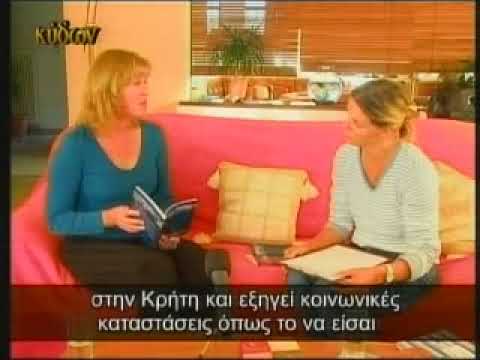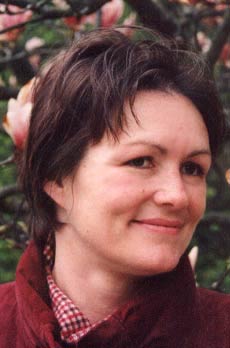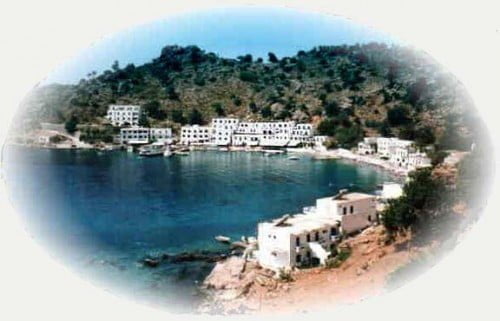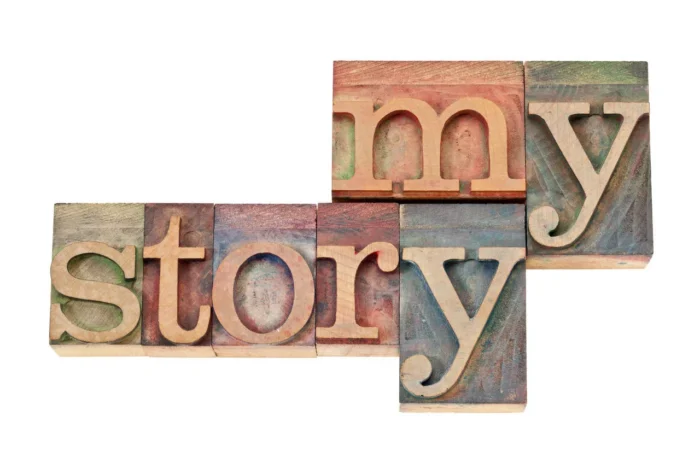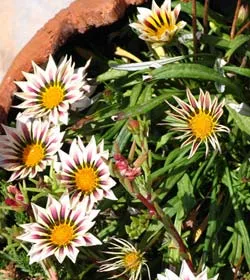Genealogy of a Cretan Family
The Kouklakis / Angavanakis Family History
This article documents the genealogy of the Kouklakis (Kouklis) and Angavanakis families, originally from the island of Crete, Greece.
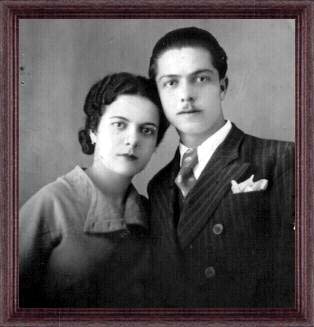
The information in this article is from oral history and documented sources. Surnames in addition to Kouklakis and Angavanakis referenced in this website are: Kouklis, Angisoulakis, Saatsakis, Gianikou, Papadakis, Railakis, Spiridakis, Papidakis, Gaidakis, Marousakis, Mantoudakis, Tzeranis, Christodoulou, Vorinakis and others.
- Part I – The Island of Crete
- Part II – Family Trees
Part I – The Island of Crete – Kefalas
The families are from the village of Kefalas, on the Greek island of Crete. Kefalas is in the mountains of the Drapanos peninsula, county of Apokoronas, in the western part of the island.
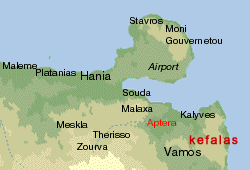
Kefalas is over 800 years old. The village is thought to have been founded about 1175 A.D. during the Greek Byzantine empire under Emperor Michalis Komnenos. From 1200 to 1700 A.D. Crete was part of the “serene republic of Venice”, and the Venetians left a strong impact on the island.
It is known that Venetians had homes and businesses in Kefalas including olive oil presses and houses with arched doorways, many of which can still be seen. The present school at the village square is on the site of a Venetian olive-oil press, whose stone walls are still visible. Many wells, walls and a few buildings from the Venetian era still exist, including the church of Timios Stavros. From 1669 until 1898 Kefalas was under Ottoman Turkish occupation as was the rest of Crete, until the independent Republic of Crete was declared in 1898. Crete was united with Greece in 1913.
The road to Kefalas was paved in 1964; the village received electricity in the late 1970’s. Today Kefalas is still relatively unspoiled, and many of the old homes have been renovated by their owners or by developers; most have been renovated in the traditional Cretan style. If you visit the village, you will still see many small churches, fields of olive trees and of course the prickly pear “papoutsosika” trees. In the spring, wild iris blooms, and in the summer, bright red bougainvillea flows over the old stone walls. The narrow lanes are still picturesque, despite the building of new homes by developers in what used to be empty areas of the village. In the background, you might still hear goat bells ringing along with the sounds of chickens and roosters.
If you drive to Kefalas from Chania (via Vamos), you will end up at the village square, where you will see the churches of Agios Antonis (built 1862) and Timios Stavros (built in the 1500’s), a World War Two memorial, the village school (built in the 1920’s), and a bust of Captain Mathaios Mylonogiannis, a local rebel leader of the 19th century. There are also a couple of cafes (kafeneia) near the square.
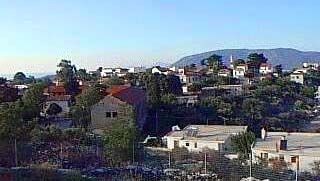
The road to the left leads to Katohori or “lower village” and to the right is Panohori or “upper village” (during the Venetian era and afterwards, these were two separate entities, Kato Kefalas and Pano Kefalas). The Angavanakis house is uphill to the right, just before the church of Michail Archangelos (built 1880). The Kouklakis ancestors are buried at the church of Prophet Ilia, high at the western edge of the village, and the Angavanakis church was the church of Agia Irini at katohori.
Here is a view of Kefalas taken from the balcony of our grandparents’ house. The large building to the left is the village school.
Father was born in 1911 in the city of Hania, Crete, about an hour’s ride from Kefalas. His family was from Kefalas. At that time, Hania, with its medieval Venetian architecture and picturesque harbor, was the capital of Crete. Father grew up in Kefalas.
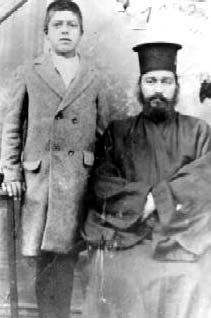
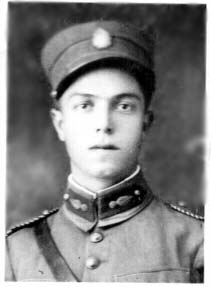
Here are some photos of him in his “niata” or youth.
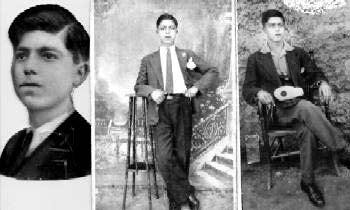
Mother was born in Kefalas in 1914, and lived in the village with her family.
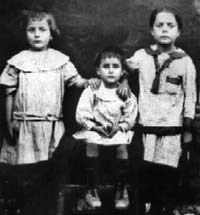
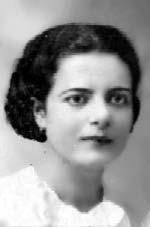
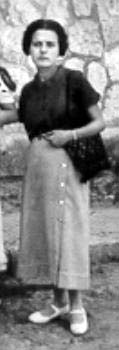
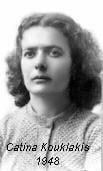
Mother and Father and their friends walked to school to the town of Vamos, the capital of the county of Apokoronas, about 6 miles away.
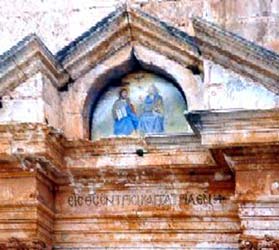
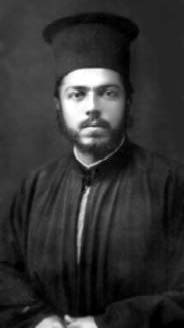
1934 – left: A photo of Mother and Father with their “parea” or group of friends in Kefalas. Father is at the top of the photo. Mother is in the white coat. Two of the women are fraternal twins Hariklia and Katina Pothoulakis.
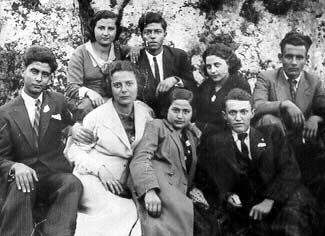
Mother’s family, the Angavanakis’s, were ‘royalists’ who supported the King of Greece, while Father’s family, the Kouklakis’s, were ‘Venizelists’ or republicans; therefore the two families were not especially close. Rev. John Kouklakis took his coffee in the ‘Venizelist’ cafeneion, and Mother’s father John Angavanakis spent his leisure time in the ‘royalist’ cafeneion with his ‘parea’. One day Father worked up the nerve to go to the royalist cafe to find John Angavanakis, to ask if he could marry his daughter Catina. After some discussion, John agreed and asked Father what he wanted as a dowry, which was the custom at the time. Father replied that he wanted no dowry, only that he loved Catina and wanted only her. John gave them his blessing to marry. [Story related byThia Stella]. Not to worry about the dowry though, Father and Mother did receive a small grove of olive trees as a wedding gift from Mother’s parents, which were sold prior to their leaving for America. Mother’s sister Lilika can point out these trees to you, if she is in the village when you are visiting.
Mother and Father were married in 1936, in Kefalas. The service was performed by Father’s father, Rev. Ioannis Kouklakis.
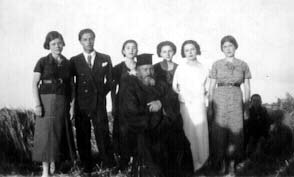
In this wedding photo, right, Father is in the suit and tie, and Mother is in the white wedding dress. They are standing with Father’s sister Katina (Galanakis) to his right, and Mother’s sister Stella (Papidakis) to her right. Seated is father’s father, Rev. Ioannis Kouklakis. The lady in the middle is Maria Marousakis; the other lady is unidentified. (June 21, 1936)
After their marriage, my parents remained in Kefalas, where Father served as a priest in the churches of the village. When my parents were first married, Mother’s father would get up early on Sunday mornings to ring the church bell (which was Father’s job), so that the ‘newlyweds’ could spend the morning together. [Story related by Thia Chrysoula].
They had three children: Maro (Maria) in 1937 and a son John in 1940. In keeping with tradition, they named their first girl and boy after the childrens’ grandparents (coincidentally both grandfathers were named John (Ioannis) and both grandmothers Maria). Their third child, Crete (Kriti), was born in 1943; Crete was named after the island, by her Godfather, who knew that the family would be leaving Crete and going to America after the war; he wanted them to always remember their homeland. It is said that Mother was quite upset when she heard that her daughter would be named “Kriti”. As a girl’s name, Crete is an unusual one in Greece as well as elsewhere.

Here is a ‘composite’ photo made in 1937 of Mother, Father and their first child, Maro (Maria).
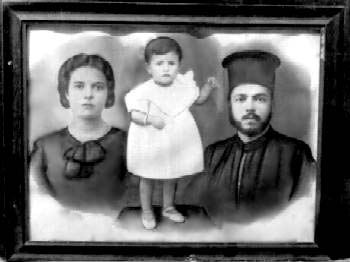
World War 2
The village, as well as the rest of the island, came under Nazi German occupation after the heroic Battle of Crete in May 1941.
Family events and memories of the wartime years
A German soldier was stationed as a lookout on top of the family windmill (overlooking the Bay of Souda). One day, while chatting with Thia Stella, the soldier kissed her. Immediately, Stella stopped him, and warned him that if her father found out he would kill him, regardless of the consequences.
This same soldier received a letter from home, and showed it to Thia Stella. Thia Stella pointed to the stamp (a picture of Hitler) and said to him in German, “Hitler nichts gut” (“Hitler is no good”). The soldier told Stella that he agreed with her, but if anyone overheard her, she could get killed.
Father was a commissioned officer in the Greek army and somehow got stranded in Athens for a long period of time. He and Mother communicated by letters, written in a “secret” combination of Greek and French that only they understood. The censors in Hania asked Mother to tell Father to keep his letters short…they took too long for them to investigate!
My sister Maro remembers German soldiers giving her chocolates. The Germans would frequently conscript citizens for work details. When they would come for Mother, she told them, “Kinder, kinder”…indicating that she had small children, and they would pass her by. Her younger sisters occasionally had to go, and Thia Chrysoula and Thia Lilika would frequently “call in sick” for these work details.
Our parents and the three oldest siblings remember eating carob pods, a food usually fed to animals, during some periods of food shortages during the war.
A German commandant, along with the village mayor, came to the house one evening to inspect it in order to have soldiers stay there for the evening. Our aunt Lilika said in Greek to the mayor “Don’t think about putting those horrible Germans here!” , thinking that the commander didn’t understand Greek. He replied to her in Greek, “Young lady, that is not a very respectful way to speak to the mayor”. Lilika was terrified after that…and thankful she wasn’t shot.
The same German leader would visit the house often…and would frequently lament about the war, and about how he missed his family very much. He would say to our family in Greek and Italian “You are a ‘famiglia extra prima'”. After his return to Germany during the war, he corresponded with my uncle Ioannis Angavanakis and the family.
One of Mother’s and Thia Stella’s close friends in Hania was named Sarah Osman, who was Jewish. Thia Stella has a picture of Sarah with her husband, taken on their wedding day in front of the Torah of the Hania Synagogue. Along with the rest of the Jewish population of Hania, Sarah was deported to a concentration camp during the war.
NEXT: Part II – Family Trees
© explorecrete.com All Rights Reserved. Reproduction or copying without permission is prohibited.


